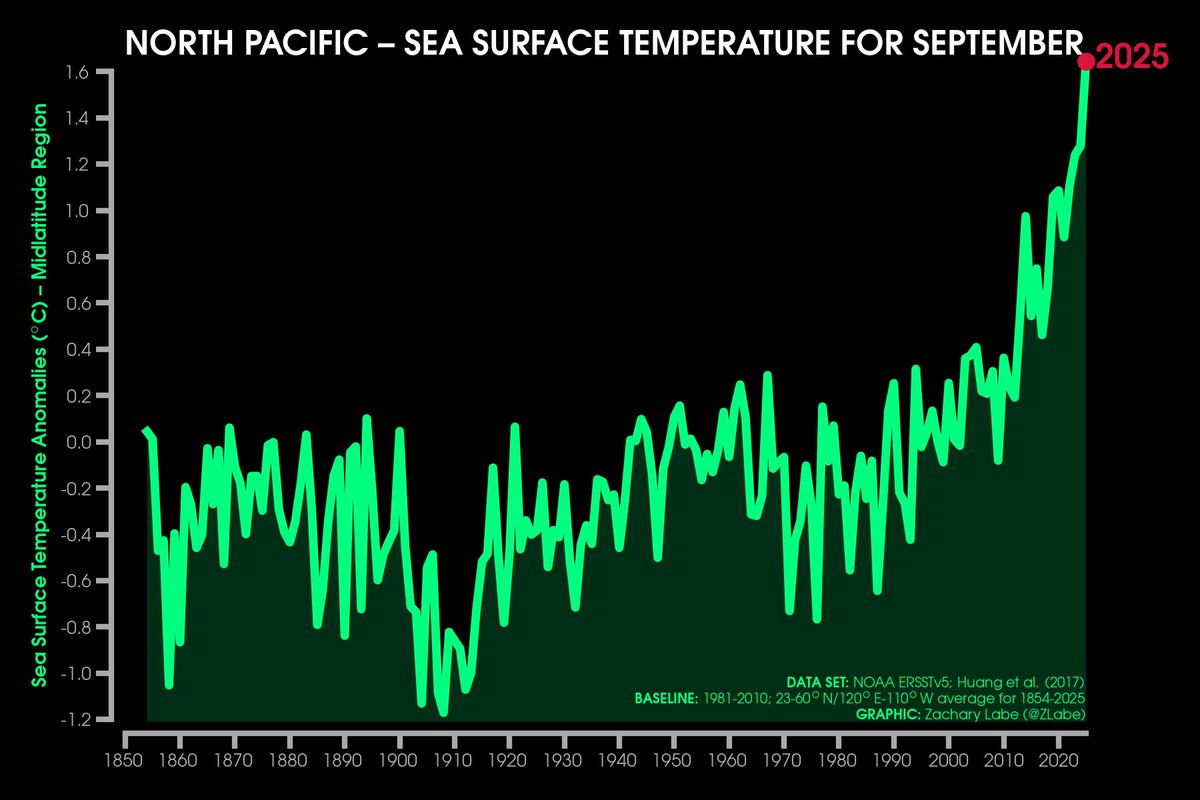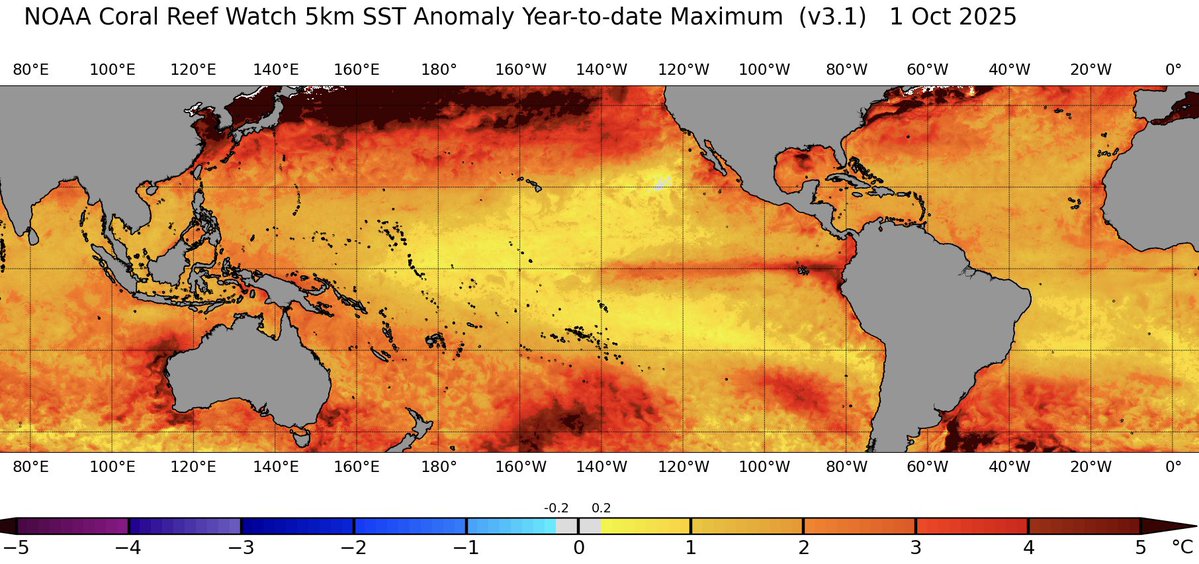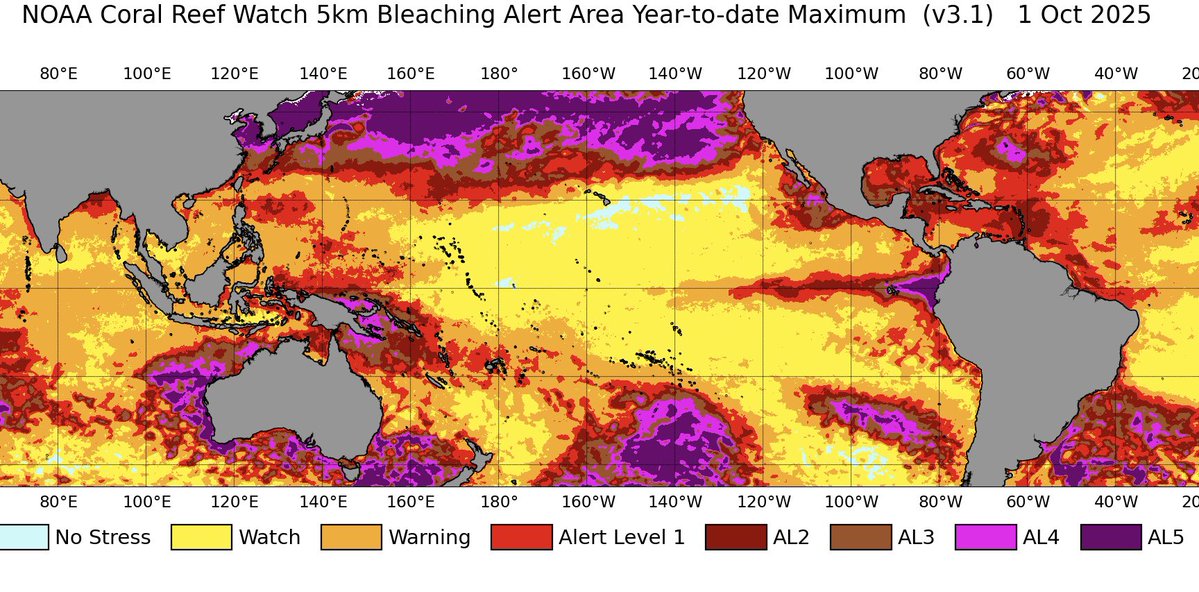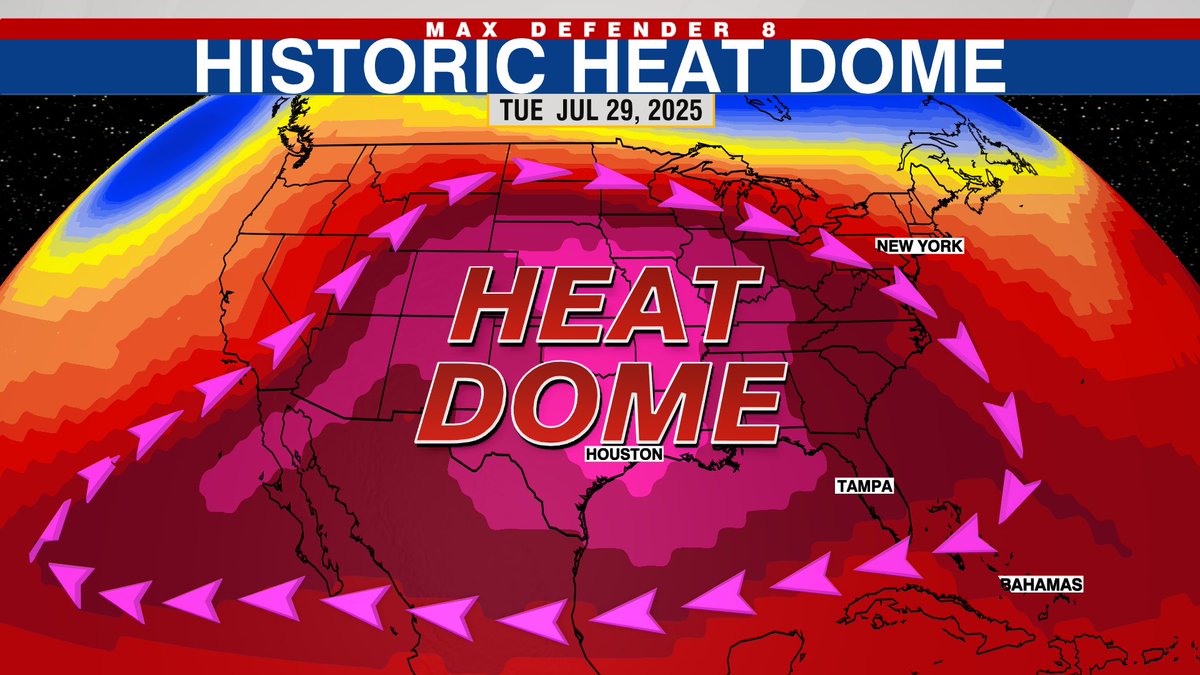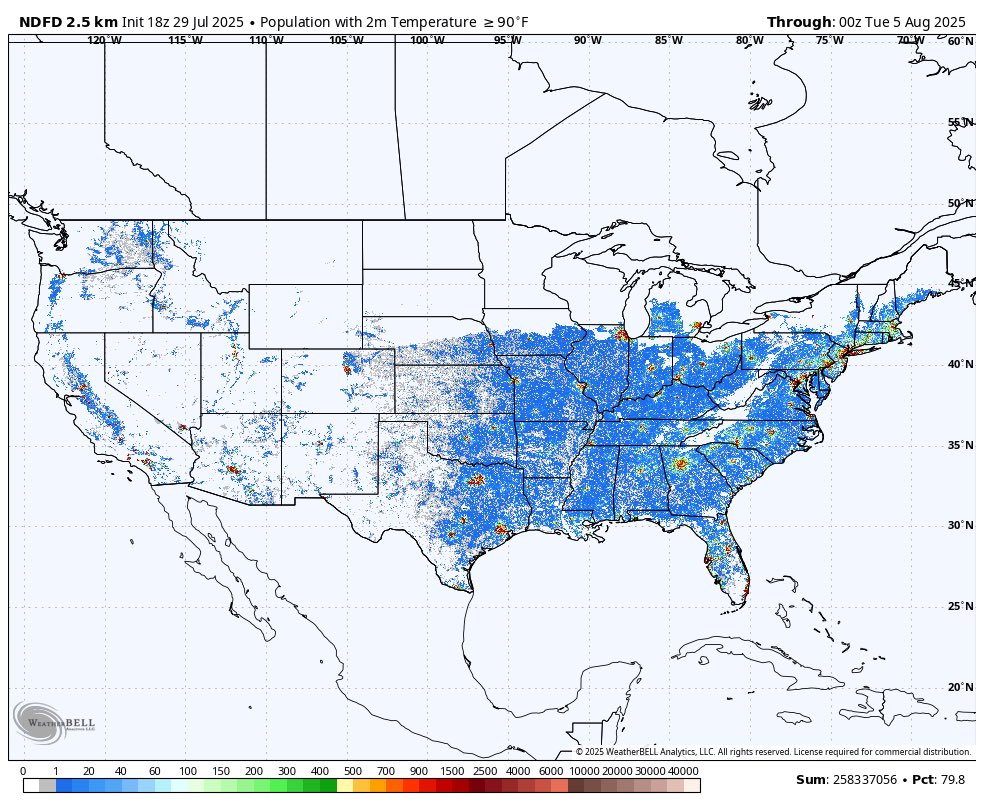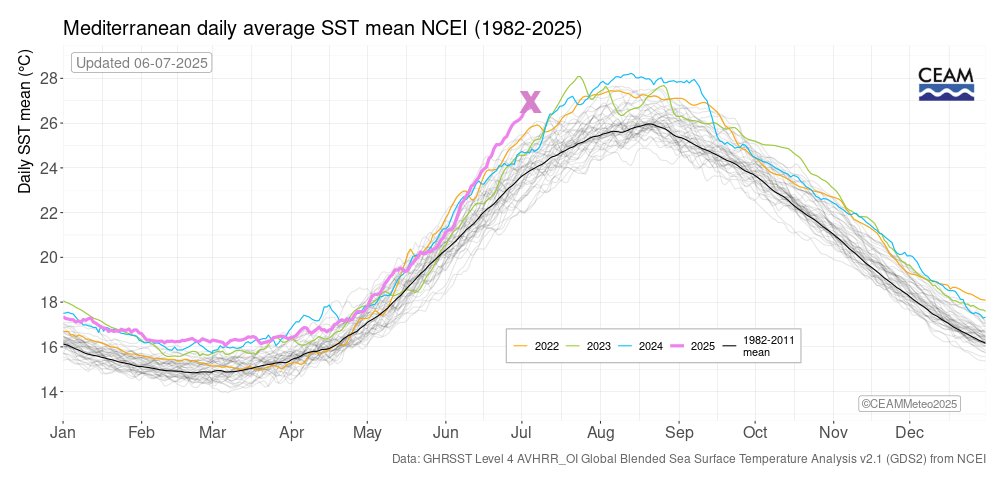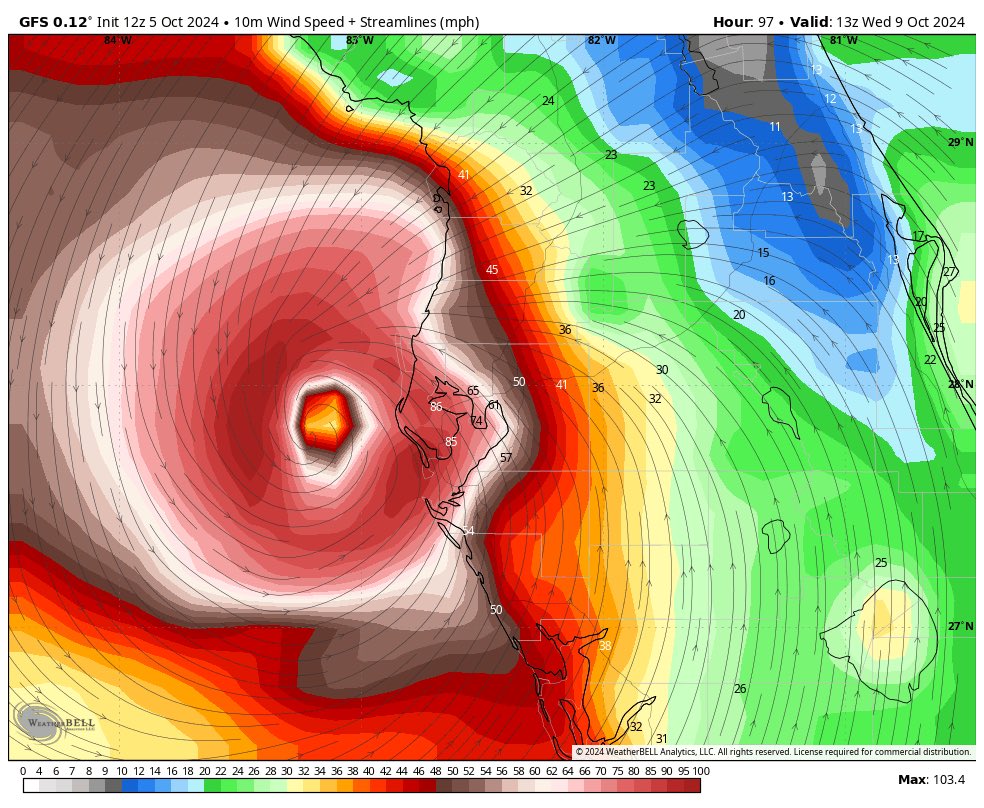In 2018 #ShowYourStripes began as 100s of meteorologists around the globe like @BernWoodsPlacky sported @ed_hawkins genius Warming Stripes visual to promote climate change awareness. This Wednesday June 21st is the 5th year!! Please join us by downloading your stripes 1/ 

You can download global and regional stripes here: showyourstripes.info 2/
And you can download local US stripes here: climatecentral.org/graphic/show-y…
Since 2018 Warming Stripes have become the international symbol of climate change... Art installations, billboards, rock bands, sports teams etc... 4/ 

They have even reached the highest power on Earth!!
So on Wednesday #ShowYourStripes to help educate the masses on our warming Planet. 9/
So on Wednesday #ShowYourStripes to help educate the masses on our warming Planet. 9/

And join me, @ed_hawkins and @BernWoodsPlacky Tuesday (today) at Noon Eastern US time for special LIVE Climate Classroom discussion on #ShowYourStripes day. Watch here: wfla.com/wflanow/ or on FB here: facebook.com/WFLANewsChanne… 

• • •
Missing some Tweet in this thread? You can try to
force a refresh








